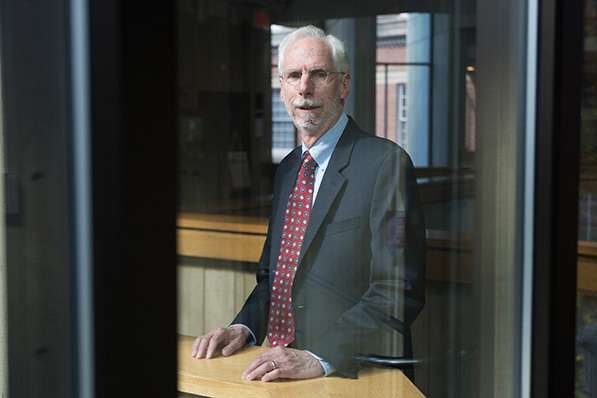Soil water, microbes influence carbon in world's coldest desert, study finds

Soil water and microbes' respiration contribute to fluctuations of carbon dioxide in the world's coldest desert, where climate change is expected to increase underground moisture and microorganisms, an Arizona State University and Dartmouth College study finds.
The findings appear in the journal Antarctica Science.
In the McMurdo Dry Valleys of Antarctica, climate warming is creating wetter conditions that are changing the soil in this climate-sensitive ecosystem. Previous studies have shown that carbon dioxide fluctuations, an important part of the carbon cycle, are controlled by temperature and moisture, which affect microbes, plants and animals in desert ecosystems. But these studies took measurements of biological activity during peak times or 24-hour cycles at individual locations.
In the ASU-Dartmouth study, researchers looked at the amount of carbon dioxide that moves in and out of the soil, which is an important part of the carbon cycle because it shows how much soil organisms are respiring—releasing carbon dioxide when they breathe - as well as geochemical processes in the soil. They measured carbon dioxide fluxes over 24-hour periods in soils that were either dry or wet (such as from a stream, lake or melting permafrost) in a variety of locations and habitats. They wanted to know how those 24-hour cycles differed between wet and dry soil, and whether the source of soil water mattered.
Soil temperature, water content and microbial biomass significantly influence the fluctuation of carbon dioxide in soil, with soil temperature accounting for most of the variation. But the new study shows that the types and amount of soil water changed both the movement of geochemical carbon dioxide (carbon dioxide dissolves in water in the soil and gets released again like a carbonated soda) and biological respiration of carbon dioxide.
"There's a debate about how much of the carbon dioxide flux in the Dry Valleys is biological because some people think it's all geochemical and the soil organisms don't contribute much. We showed the biology matters in a sometimes small but still significant way," says co-lead author Becky Ball, an assistant professor in Mathematical and Nature Sciences at ASU who studies soil nutrient cycling and soil biodiversity in polar and hot deserts.
Co-lead author Ross Virginia, a professor of Environmental Studies and director of the Dickey Center's Institute of Arctic Studies at Dartmouth, says: "The Dry Valleys are a very climate-sensitive system because it is so cold. A small increase in temperature can tip the ecosystem from frozen to melting, turning patches of desert into a wetland. That makes the soil a very different kind of habitat for the organisms living there, and it can change the cycling of carbon and the release of carbon dioxide. Under projected climate warming in the Dry Valleys, we can expect more water and a faster carbon cycle."
Provided by Dartmouth College



















